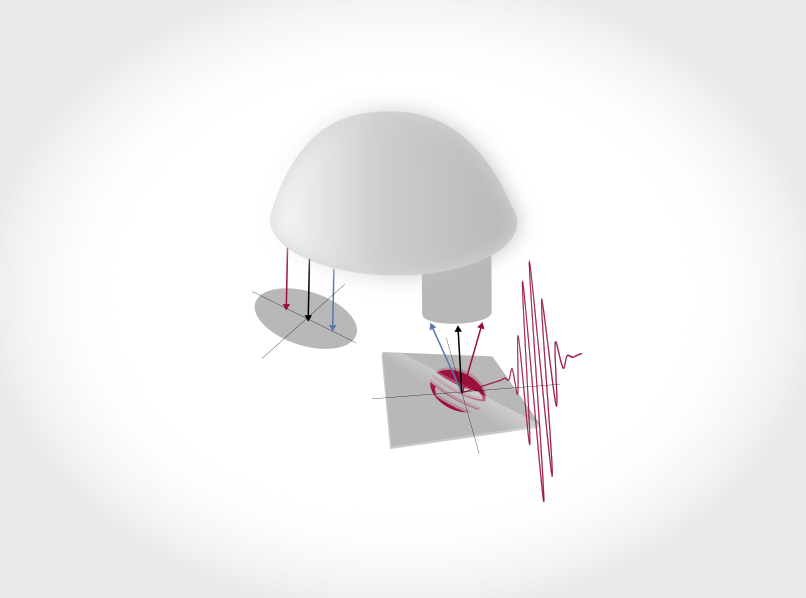Photoemission spectroscopy (PES, ARPES)

Electron spectroscopy following photo-ionization is a powerful tool for studying the energy levels in solids, liquids, and gases. One such technique, angle-resolved photoemission spectroscopy (ARPES), is widely used for determining the electronic band structure of solids across a large range of the Brillouin zone [1]. By combining ARPES with a pump-probe scheme, enabled by femtosecond lasers, time- and angle-resolved ARPES can be used to investigate the momentum-resolved relaxation of photoexcited charge carriers with high temporal resolution [2,3]. Additionally, ARPES microscopy provides further insights into the electronic properties of materials [4].
The recent advances in fiber-based femtosecond laser technology have greatly improved the capabilities of ARPES experiments. With laser pulse energies in the mJ range and repetition rates in the kHz to MHz range, fiber lasers can provide sufficient energy for driving the experiment and enable rapid data acquisition. The short pulse duration of fiber lasers enables high temporal resolution, making it possible to observe ultrafast changes in the electronic properties of materials.
Furthermore, table-top laser sources can be used to excite inner-atomic electronic levels by XUV radiation (HHG). AFS offers several laser systems that can drive typical photoemission spectroscopy experiments.
In summary, fiber lasers have greatly improved the capabilities of ARPES experiments. The high repetition rate and short pulse duration of these lasers allow for efficient data acquisition and high temporal resolution, enabling the observation of ultrafast changes in the electronic properties of materials. The combination of ARPES with pump-probe schemes and XUV radiation opens up new avenues for investigating the dynamics of photoexcited charge carriers and inner-atomic electronic levels.
View in AR-App

- REFERENCES
- CONTACT
[1] B. Lv, T. Qian, H. Ding, "Angle-resolved photoemission spectroscopy and its application to topological materials", Nat. Rev. Phys. 1 (10), S. 609–626 (2019).
[2] M. Dendzik et al., "Observation of an Excitonic Mott Transition Through Ultrafast Core- cum -Conduction Photoemission Spectroscopy", Phys. Rev. Lett. 125 (2020).
[3] M. Ossiander et al., "Absolute timing of the photoelectric effect", Nature 561 (7723) 374–377 (2018).
[4] M. Keunecke et al. "Time-resolved momentum microscopy with a 1 MHz high-harmonic extreme ultraviolet beamline", Rev. Sci. Instrum. 91 (6) 63905 (2020).

